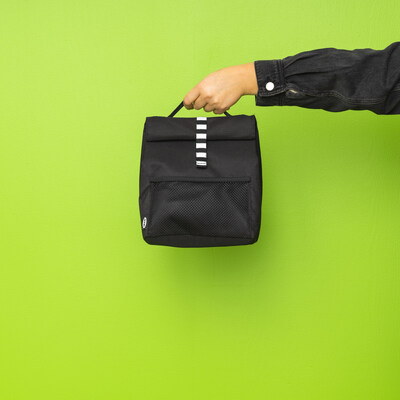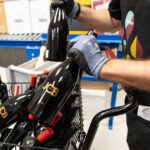In the sweltering late August heat, a convoy of IKEA Richmond’s signature blue delivery trucks pulled up to the Richmond Food Bank’s loading dock. What followed wasn’t the usual furniture delivery, but something arguably more crucial for many local families preparing for the upcoming school year.
“The timing couldn’t be better,” explains Margaret Hewlett, Operations Director at the Richmond Food Bank, as volunteers unloaded boxes containing over 200 lunch bags, water bottles, and school supply kits. “When September comes, parents already stretching their budgets have to somehow find extra for school essentials. This donation directly addresses that pressure point.”
The initiative, part of IKEA Richmond’s expanded community outreach program, reflects a growing trend among businesses to align charitable giving with specific seasonal needs. Rather than generic donations, this targeted approach focuses on what families require at particularly challenging times of the year.
According to Statistics Canada, back-to-school spending averages $883 per child for Canadian families, creating significant strain particularly for the 13.8% of Richmond residents living below the poverty line. The Richmond Food Bank reports a 24% increase in client visits compared to this time last year.
Behind the donation stands Candace Wong, IKEA Richmond’s Community Engagement Specialist, who helped coordinate the effort after consultations with food bank staff revealed school supplies as a critical need.
“We asked what would make the biggest difference right now, not what would look good in a press release,” Wong explains, sorting through colorful lunch containers emblazoned with IKEA’s distinctive patterns. “Food security isn’t just about groceries. It’s about freeing up household budgets so families can meet all their basic needs.”
The donation goes beyond mere supplies. Each lunch kit comes bundled with healthy meal planning guides created through collaboration between IKEA’s food service team and nutrition students from nearby Kwantlen Polytechnic University. These bilingual guides offer affordable lunch ideas incorporating ingredients commonly available at the food bank.
This practical approach marks a shift in corporate giving, says Dr. Harleen Dhanoa, who teaches nonprofit management at the University of British Columbia. “We’re seeing more businesses seeking meaningful community impacts rather than one-off photo opportunities. The addition of meal planning resources shows understanding that donations work best when paired with knowledge and tools.”
For Julie Chen, a Richmond mother of three who utilizes the food bank’s services, the donation represents more than just material assistance. “When my kids can walk into school with a proper lunch bag like everyone else, it protects their dignity,” she says, testing the insulation of a bright yellow lunch bag. “People don’t realize how much little things like this matter to children.”
The Richmond Food Bank serves approximately 2,700 people weekly, with nearly 40% being children and youth. Executive Director Hajira Hussain notes that back-to-school season typically brings increased demand, creating strain on their resources precisely when they’re most needed.
“Summer donations tend to drop while needs rise,” Hussain explains. “This partnership with IKEA helps bridge that gap. We’re especially pleased with the quality of these items—they’re durable enough to last the entire school year.”
The donation also included $2,500 in IKEA gift cards to help the food bank upgrade its storage and distribution areas. Volunteers immediately put these to use, purchasing shelving units to organize the incoming school supplies.
IKEA Richmond’s involvement isn’t entirely new. The store has provided furniture for the food bank’s client waiting area and staff room over the past three years. However, this marks their first focused back-to-school initiative.
“We’ve been increasing our commitment to addressing food insecurity,” notes James Peterson, IKEA Richmond’s store manager. “But this year we wanted to specifically address the educational component, recognizing that school success is connected to having proper tools and nutrition.”
This connection between adequate school supplies and academic achievement is supported by research. A 2021 study from the Canadian Education Association found that students without appropriate supplies scored 27% lower on achievement tests compared to adequately equipped peers.
While the donation represents a significant contribution, both IKEA and food bank representatives acknowledge it addresses only part of a larger systemic challenge. The Richmond Poverty Reduction Coalition estimates that nearly 2,000 school-aged children in the city live in households struggling with food insecurity.
“Corporate donations are vital, but we also need policy solutions,” Hussain emphasizes. “We’re grateful for IKEA’s partnership while continuing to advocate for living wages and affordable housing that would reduce dependency on charitable services.”
The supplies will be distributed to families during the final week before school starts, with priority given to those who have pre-registered for the program. Any remaining items will be available through the food bank’s regular distribution channels throughout September.
As volunteers arranged colorful backpacks and lunch containers on newly assembled shelves, the mood was both practical and hopeful—much like the donation itself.
“These aren’t luxury items,” Wong reflects, watching the organized chaos of the sorting process. “These are necessities that help kids participate fully in their education. And that benefits our whole community.”






